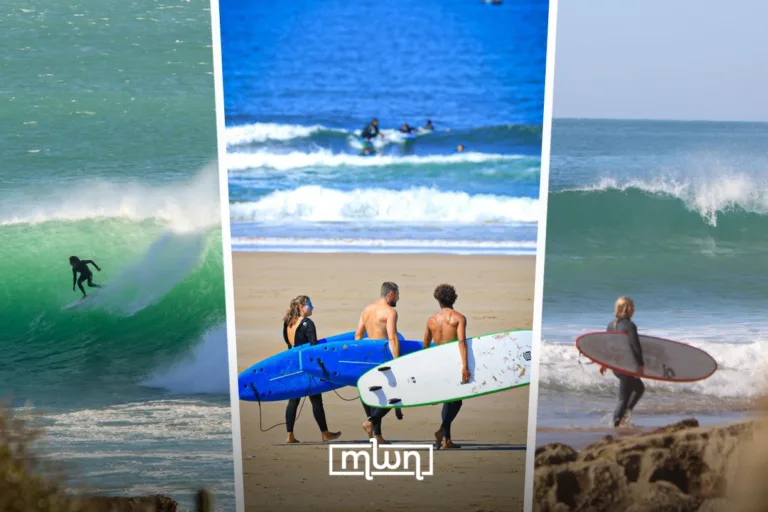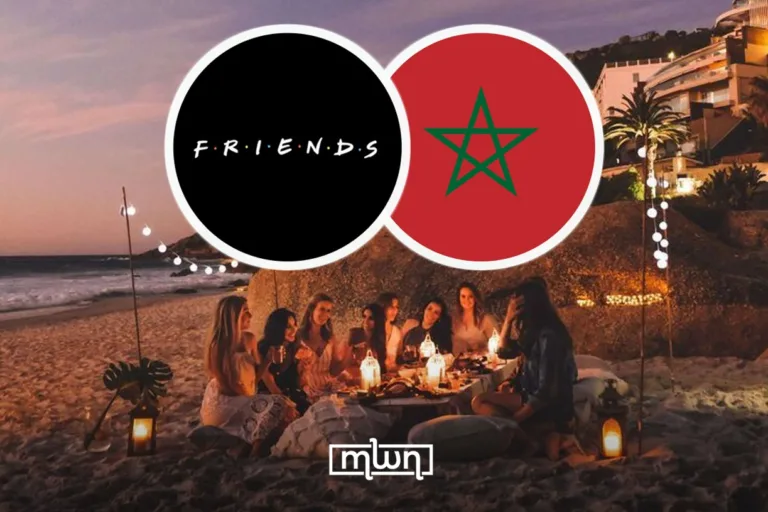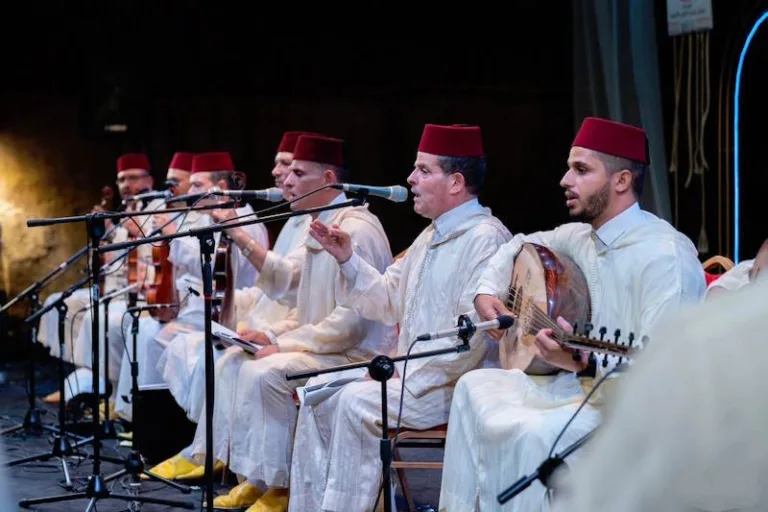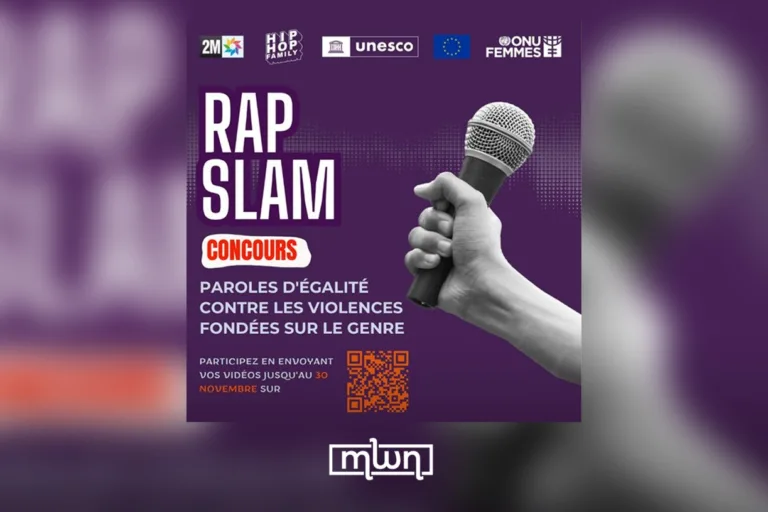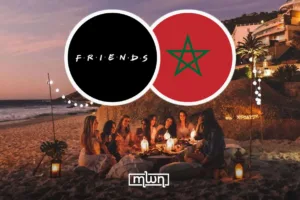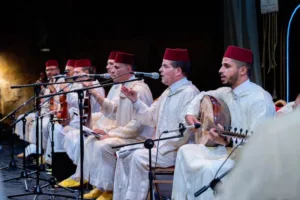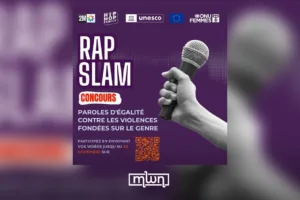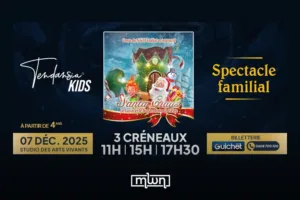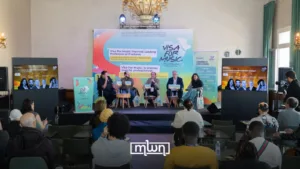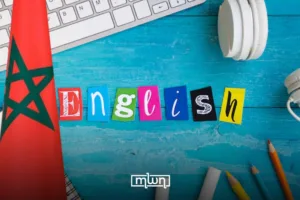Marrakech – When Morocco’s most influential artists – Ahmed Soultan, Dizzy Dros, DJ Van, Manal BK, Muslim, and Shayfeen – came together on one track, the result was more than just music.
“Mantsayadch” quickly became a cultural statement, a sonic banner for youth empowerment, and a soundtrack for a generation that refuses to be ignored.
The title itself, which translates to “I won’t be fooled,” is a challenge and a call to action.
It’s a mantra that resonates deeply with Morocco’s Gen Z, a generation navigating a society in transition, where speaking out often comes with risks, but silence feels impossible.
In a few minutes of listening, the song captures frustration, pride, defiance, and hope all at once.
What makes “Mantsayadch” unique is the mix of voices, styles, and perspectives.
Manal Benchlikha brings boldness and feminine energy, a fearless presence that dominates every verse.
Dizzy Dros injects sharp, socially aware lyrics that speak directly to young Moroccans.
Shayfeen delivers underground grit and streetwise rebellion.
Muslim blends honesty with rhythm, reflecting everyday struggles and triumphs.
Ahmed Soultan adds soulful, melodic layers that tie the track together, while DJ Van crafts the cinematic production that makes the song feel epic.
Embraced by GenZ and 212 movement
The song’s rise in popularity isn’t just about catchy beats or star power. For Morocco’s Gen Z, “Mantsayadch” became a tool for expression.
Across TikTok, Instagram Reels, and protest videos, young people are using it to amplify their voices, from social issues to cultural pride.
The track is bold, raw, and versatile, making it perfect for videos, edits, and content where resistance and identity converge.
For the 212 movement, in particular, the song encapsulates their ethos: they are visible, unapologetic, digitally connected, and determined to challenge norms.
It’s a shared anthem, a reminder that youth energy, creativity, and defiance can no longer be ignored.
Don’t be fooled
Mantsayadch is proof that music can do more than entertain. It can reflect society, inspire dialogue, and galvanize action.
In a digital age where every reel, story, and video has the potential to reach thousands, the track has become both a rallying cry and a symbol of Moroccan youth identity.
It’s a song that refuses to fade quietly into the background, much like the generation it represents. For Gen Z 212, silence isn’t golden. It’s gone.


